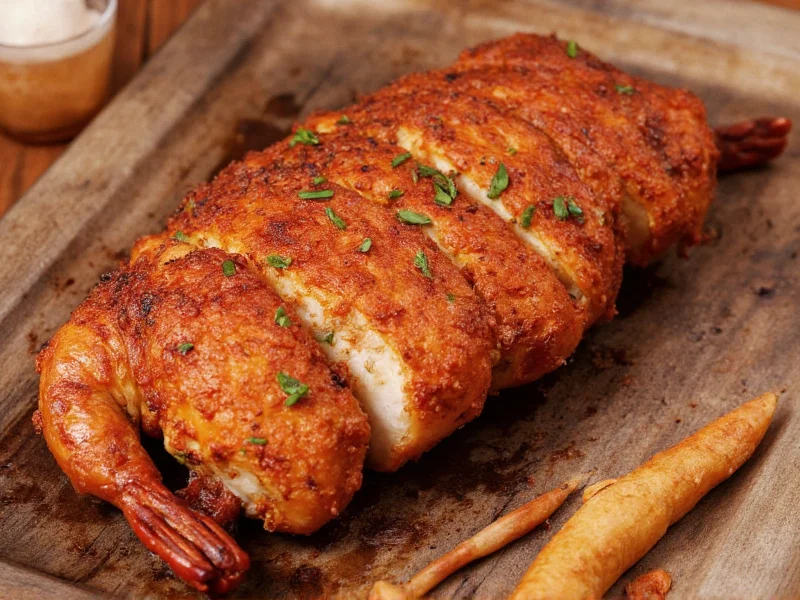Cajun culture represents one of America's most vibrant regional identities, rooted in resilience and adaptation. When French colonists settled in Canada's Maritime provinces (now Nova Scotia, New Brunswick, and Prince Edward Island) in the 17th century, they became known as Acadians. After refusing to swear allegiance to the British crown during the French and Indian War, approximately 11,500 Acadians faced forced removal between 1755-1763 in what became known as Le Grand Dérangement (The Great Upheaval).
Historical Origins of Cajun Culture
Following their expulsion from Acadia, many Acadians eventually found refuge in Louisiana's bayous and prairies, then a Spanish territory that welcomed French speakers. The term "Cajun" evolved from "Acadien" (Acadian) as pronounced in the regional French dialect. Isolated in Louisiana's wetlands, these settlers preserved their language while incorporating elements from neighboring cultures.
Unlike plantation-based societies, early Cajun communities developed self-sufficient lifestyles centered around fishing, trapping, and small-scale farming. This rural existence shaped distinctive cultural patterns that differed significantly from the urban Creole culture developing in New Orleans. The 19th century brought further cultural evolution as Cajuns interacted with Spanish settlers, Native American tribes like the Chitimacha, and enslaved Africans.
Key Elements of Authentic Cajun Culture
Three pillars define traditional Cajun identity: language, music, and cuisine. Each element reveals the community's historical journey and cultural synthesis.
Cajun French Language
The Cajun French dialect preserves 17th-18th century French vocabulary while incorporating Native American, Spanish, and English loanwords. Though English dominance in the 20th century threatened the language, recent revitalization efforts have increased bilingual education programs in Louisiana. Today, approximately 120,000 Louisianans speak Cajun French, with the Council for the Development of French in Louisiana (CODOFIL) leading preservation initiatives.
Cajun Music Traditions
Traditional Cajun music features the accordion, fiddle, and triangle, creating danceable rhythms for communal gatherings called fais do-do. Unlike zydeco (which has stronger African and Caribbean influences), authentic Cajun music maintains French folk song structures. The 1928 recording of "Allons à Lafayette" by Joe Falcon and Cléoma Breaux marked the first commercial Cajun music release, helping preserve these musical traditions.
Signature Cajun Cuisine
Authentic Cajun cooking developed from necessity, using locally available ingredients. The "holy trinity" of onions, celery, and bell peppers forms the flavor base for dishes like:
- Gumbo - A thick stew with meat or seafood, roux, and filé powder
- Jambalaya - Rice dish with meat, vegetables, and spices
- Boudin - Pork and rice sausage
- Andouille - Smoked sausage with distinctive flavor
Unlike restaurant versions often labeled "Cajun," traditional home cooking avoids tomatoes (a Creole influence) and emphasizes one-pot preparations reflecting the community's rural roots.
| Feature | Cajun Culture | Creole Culture |
|---|---|---|
| Origins | Rural Acadian exiles in Louisiana bayous | Urban New Orleans (French/Spanish colonists, free people of color) |
| Language | Cajun French (Acadian dialect) | Louisiana Creole (French-based creole language) |
| Cuisine | Roux-based, one-pot dishes, minimal tomatoes | Tomato-based sauces, more refined techniques |
| Music | Accordion/fiddle focused, French lyrics | Jazz, R&B influences, English/French lyrics |
| Social Structure | Rural farming/fishing communities | Urban, multi-ethnic society with class distinctions |
Understanding Cajun vs. Creole: Common Misconceptions
Many people confuse Cajun and Creole identities, but these represent distinct cultural developments. The term "Creole" originally described anyone born in colonial Louisiana, regardless of ethnicity. Over time, it came to represent the sophisticated urban culture of New Orleans, blending French, Spanish, African, and Caribbean influences.
Key differences include:
- Geographic development - Cajun culture formed in rural southwest Louisiana, while Creole culture developed in New Orleans
- Social origins - Cajuns descended from exiled farmers, Creoles from diverse urban populations including free people of color
- Culinary distinctions - Traditional Cajun cooking avoids tomatoes, while Creole cuisine often features tomato-based sauces
The confusion intensified during the 20th century when restaurants began using "Cajun" as a marketing term for spicy Louisiana dishes, often misrepresenting authentic traditions. True Cajun cuisine emphasizes flavor development through roux and the holy trinity rather than just heat.
Modern Cajun Cultural Preservation
Despite 20th century pressures toward cultural assimilation, Louisiana has implemented significant preservation efforts. The 1968 establishment of CODOFIL marked a turning point, promoting French language education and cultural programs. Today, festivals like Festival Acadiens et Creoles in Lafayette celebrate authentic traditions through music, food, and crafts.
Academic institutions including the University of Louisiana at Lafayette maintain archives documenting Cajun history through oral histories, photographs, and artifacts. The Jean Lafitte National Historical Park and Preserve protects the physical landscape that shaped Cajun culture, while community organizations teach traditional crafts like basket weaving and boat building.
Contemporary Cajun identity balances tradition with modern realities. While fewer than 15% of Acadiana residents speak Cajun French daily, cultural pride remains strong through music, foodways, and community events. The 2020 census showed over 200,000 people identifying with Cajun ancestry, demonstrating the enduring legacy of these resilient settlers.











 浙公网安备
33010002000092号
浙公网安备
33010002000092号 浙B2-20120091-4
浙B2-20120091-4